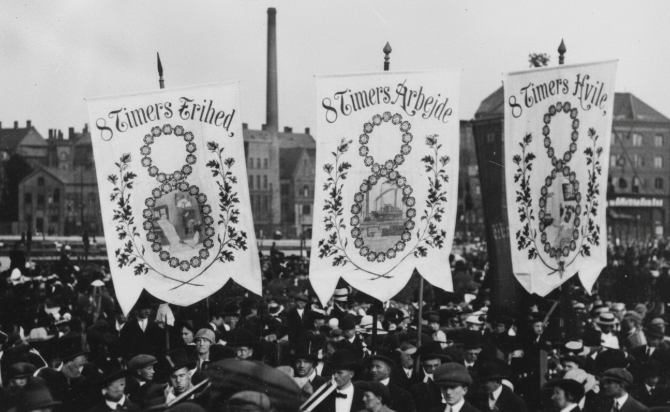The Effect of Workfare on Crime
Written by: Peter Fallesen Lars Pico Geerdsen, Susumu Imai and Torben Tranæs
This paper focuses on a previously unexamined effect of activation, namely the effect of activation programmes on criminality. The writers examine how a number of labour market reforms targeting recipients of social assistance affected the number of crimes committed. The reforms in question introduced earlier and more comprehensive activation of the unemployed, and can thus be used to establish the effect of more intensive activation on crime.
Related publications

Knowledge overview
Fewer offenders claim welfare benefits after community service and electronic tagging than after serving prison sentences
Go to knowledge overview
Research report
Serving time or serving the community?
Go to research report
Research report
Losing the stigma of incarceration
Go to research report
Research report
Unemployment and crime
Go to research reportLatest releases on the same welfare topic

Analysis
The welfare workers of the metropolis still live in Copenhagen
November 2025

Analysis
The Likelihood of Early Retirement Among Non-Western Immigrants Is at Its Lowest in 17 Years
November 2025

Research report
Why do coworker networks affect job search outcomes?
October 2025

Knowledge overview
The reduction of working hours in Denmark increased employment – but reduced income
October 2025

